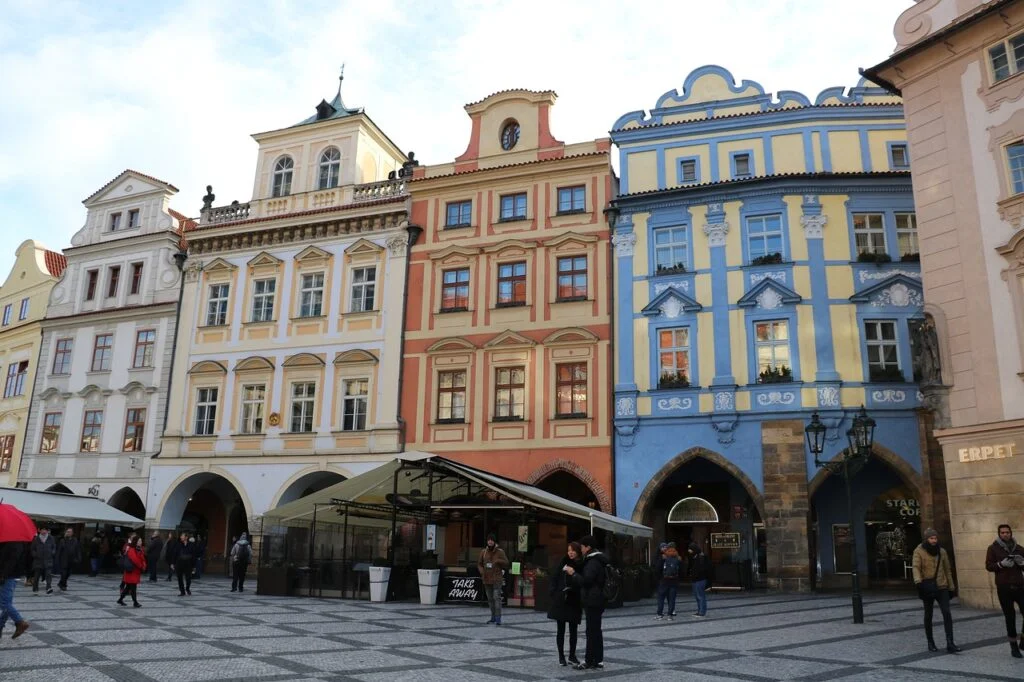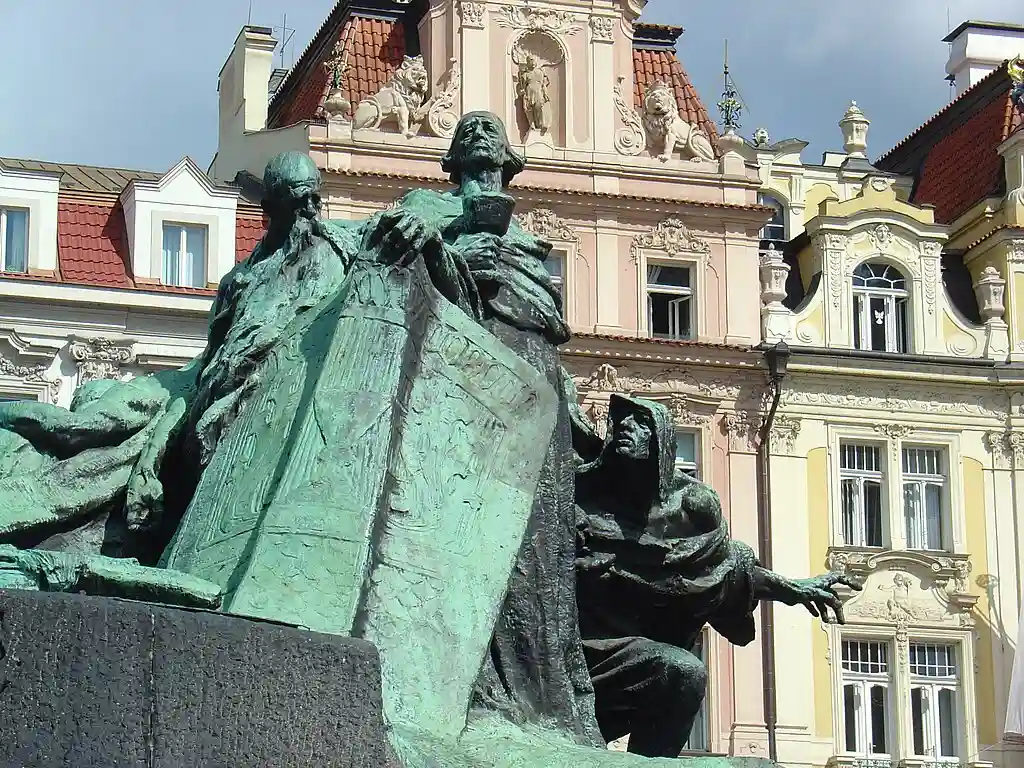Step into Prague’s Old Town Square and you’re instantly transported through the centuries.
This magnificent open space has served as Prague’s principal public square since the 10th century, evolving from a bustling medieval marketplace to the vibrant cultural epicenter it is today.
Surrounded by colorful baroque buildings, Gothic churches, and elegant palaces, the square offers visitors a living tableau of European architectural history where every cobblestone seems to whisper tales of the past.

Architectural Treasures Through the Ages
The square’s skyline is dominated by the twin Gothic spires of the Church of Our Lady before Týn, whose dramatic silhouette has defined Prague’s horizon since the 14th century.
The church interior houses remarkable artworks, including the tomb of astronomer Tycho Brahe. Directly across stands the imposing St. Nicholas Church, a masterpiece of Prague Baroque with its cream-colored facade and stunning dome.
Perhaps the square’s most celebrated landmark is the Old Town Hall, established in 1338 when King John of Luxembourg permitted the townspeople to create their own civic building.
Its most famous feature, the medieval Astronomical Clock (Orloj), has drawn crowds for hourly performances since 1410. This mechanical marvel displays not only the time but also the positions of the sun, moon, and zodiacal constellations, while its animated figures—representing Vanity, Greed, Death, and the Apostles—perform their solemn procession as visitors watch in wonder.
Witness to History: Triumph and Tragedy
Over the centuries, Prague’s Old Town Square has witnessed Prague’s most pivotal historical moments. Coronation processions of Bohemian kings wound through its expanse en route to Prague Castle. In 1422, Jan Želivský, a radical Hussite priest, was executed here, and in 1621, twenty-seven Czech Protestant nobles faced the executioner’s sword as Habsburg power reasserted itself following the Battle of White Mountain.
During the Nazi occupation, the square fell silent, its Christmas markets and celebrations suspended. The Velvet Revolution of 1989 brought hundreds of thousands of citizens to the square, where they jingled their keys in symbolic protest against Communist rule.
Today, the Prague’s Old Town Square continues to serve as the stage for national celebrations, political demonstrations, and public mourning—a true barometer of Czech civic life.

Seasonal Celebrations at Prague’s Old Town Square
The square transforms with the seasons, each bringing its own distinctive atmosphere. Spring fills the space with outdoor cafés and the first street performers of the year. Summer evenings stretch long into the night as tourists and locals alike gather to soak in the architectural illuminations while enjoying Czech beer at outdoor restaurants.
Autumn brings a golden glow to the surrounding buildings, but it’s during the Christmas season that Old Town Square truly shines. The famous Christmas Market, a tradition dating back to the Middle Ages, fills the square with wooden stalls selling handcrafted ornaments, traditional foods, and mulled wine.
A magnificent Christmas tree from the Czech forests stands tall in the center, while children’s choirs perform carols that echo off ancient facades. When Easter arrives, the square hosts another traditional market featuring hand-painted eggs, willow switches adorned with ribbons, and demonstrations of folk crafts.
Hidden Corners and Lesser-Known Treasures
While the grand monuments command immediate attention, the square rewards those who explore its less obvious charms. The Kinský Palace, with its distinctive pink and white rococo facade, now houses part of the National Gallery’s collection. The Stone Bell House, a rare example of Gothic civic architecture, hosts temporary art exhibitions.
Underground tours reveal the medieval and Roman layers beneath the square, where earlier versions of Prague lie preserved.
Join a Guided Walking Tour in Prague >>
Look for the Prague Meridian marker near the Marian Column site, once used to determine noon by the shadow cast by the column. Notice also the memorial to Jan Hus, the religious reformer whose execution in 1415 sparked the Hussite Wars. His monumental statue, unveiled in 1915 on the 500th anniversary of his death, serves as a popular meeting point for locals and tourists alike.
A Living Space: Experiencing Prague’s Old Town Square Today
Today’s visitor can experience the square in countless ways. Begin with a coffee at one of the outdoor cafés, watching the square come alive with street performers, horse-drawn carriages, and tour groups. Climb the Old Town Hall tower for panoramic views across red rooftops toward Prague Castle. Sample traditional Czech pastries like trdelník from vendors along the perimeter.
As evening falls, the monuments are dramatically illuminated, creating a magical atmosphere that has enchanted visitors for generations. Musicians set up in quiet corners, their melodies drifting across the square. Restaurants in centuries-old cellars offer traditional Czech cuisine accompanied by local wines and the famous Czech beer.
As writer Franz Kafka, who lived just steps from the square, once observed: “Prague never lets you go… this dear little mother has sharp claws.” Nowhere is this more true than in Old Town Square, where the accumulated beauty of centuries holds visitors in a gentle but irresistible embrace that lingers long after departure.